Agricultural pumps play a crucial role in modern farming, helping to manage water resources efficiently. Whether you are irrigating crops, watering livestock, or supplying water to different parts of your farm, selecting the right agricultural pump is essential. This article provides an overview of various types of agricultural pumps, their working principles, and how they can be applied in agricultural settings.
Types of Agricultural Pumps
1. Centrifugal Pumps: Centrifugal pumps are among the most commonly used agricultural pumps. They operate by using a rotating impeller to increase water velocity, which then moves the water through the pump. These pumps are ideal for large-scale irrigation systems and are known for their efficiency and reliability.
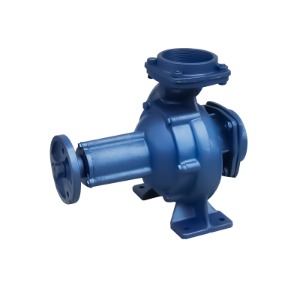
B80-80-125ZT 4.41HP 15M Head Agricultural Centrifugal Water Pump
2. Submersible Pumps: As the name suggests, submersible pumps are designed to be submerged in water. They are often used in wells or other deep water sources. These pumps are highly efficient and can deliver water to the surface even from significant depths, making them good for irrigation and livestock watering.
3. Diaphragm Pumps: Diaphragm pumps use a flexible diaphragm to move water. This type of pump is suitable for applications where water contains solids or debris, as the diaphragm helps prevent clogging. They are commonly used for small-scale irrigation and fertigation systems.
4. Gear Pumps: Gear pumps are positive displacement pumps that use gears to transfer water. They are known for their durability and are often used in situations where high pressure is required. These pumps are typically used in specialized agricultural applications such as spraying and high-pressure irrigation systems.
Working Principles
Understanding how these agricultural pumps work helps in selecting the right type for your needs:
1. Centrifugal Pumps: These pumps operate by converting rotational energy into hydrodynamic energy. Water enters the pump through the inlet and is accelerated by the impeller, which creates a flow of water out of the pump. This method is efficient for moving large volumes of water quickly.
2. Submersible Pumps: These pumps consist of a motor and a pump unit that are housed in a single casing. When submerged, the pump's motor drives the impeller, which pushes water to the surface. This design minimizes the risk of pump cavitation and improves efficiency.
3. Diaphragm Pumps: In diaphragm pumps, a flexible diaphragm moves back and forth to create a suction effect that draws water into the pump chamber. As the diaphragm moves, it pushes the water out through the discharge port. This design is ideal for handling water with suspended solids.
4. Gear Pumps: Gear pumps work by trapping water between two rotating gears. As the gears rotate, they mesh together and push the water through the pump. This positive displacement method ensures a steady flow of water, even under varying pressures.
Applications in Agriculture
1. Irrigation Systems: Agricultural pumps are essential for efficient irrigation. Centrifugal and submersible pumps are commonly used to supply water to irrigation systems, ensuring that crops receive adequate moisture for growth.
2. Livestock Watering: Submersible pumps are often used to provide a reliable water supply for livestock. These pumps can handle large volumes of water and deliver it to troughs and drinking stations.
3. Fertigation: Diaphragm pumps are ideal for fertigation systems, where water is mixed with fertilizers and delivered to crops. Their ability to handle water with solids makes them suitable for this application.
4. Specialized Applications: Gear pumps are used in specialized agricultural applications such as pesticide spraying and high-pressure irrigation systems. Their durability and ability to handle high pressures make them ideal for these tasks.
Choosing the right agricultural pump depends on your specific needs and the conditions of your farm. By understanding the types of pumps available and their working principles, you can make an informed decision that enhances your farming operations and ensures efficient water management.

 English
English русский
русский Español
Español
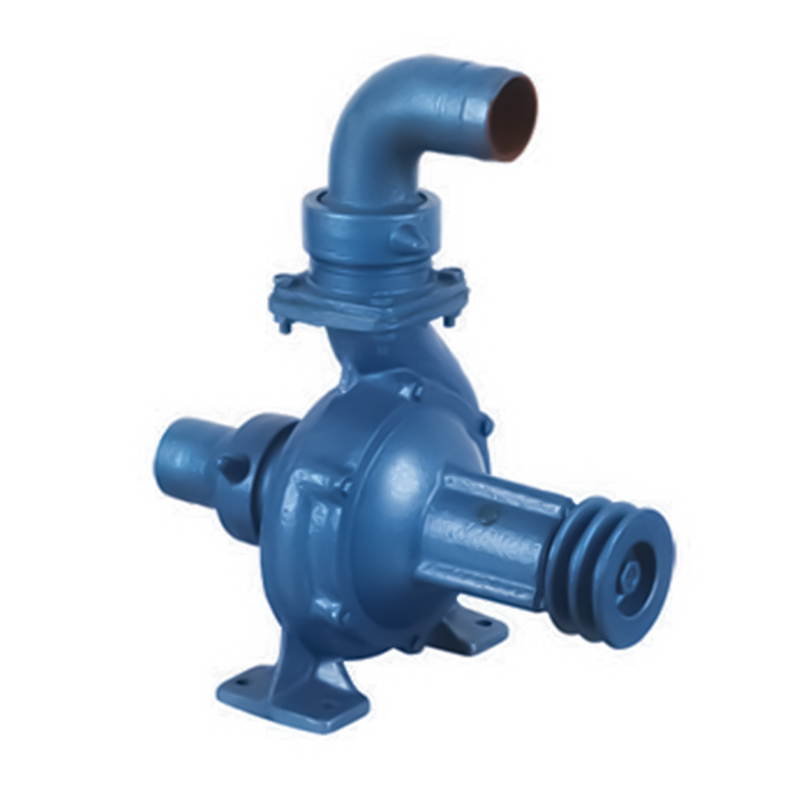
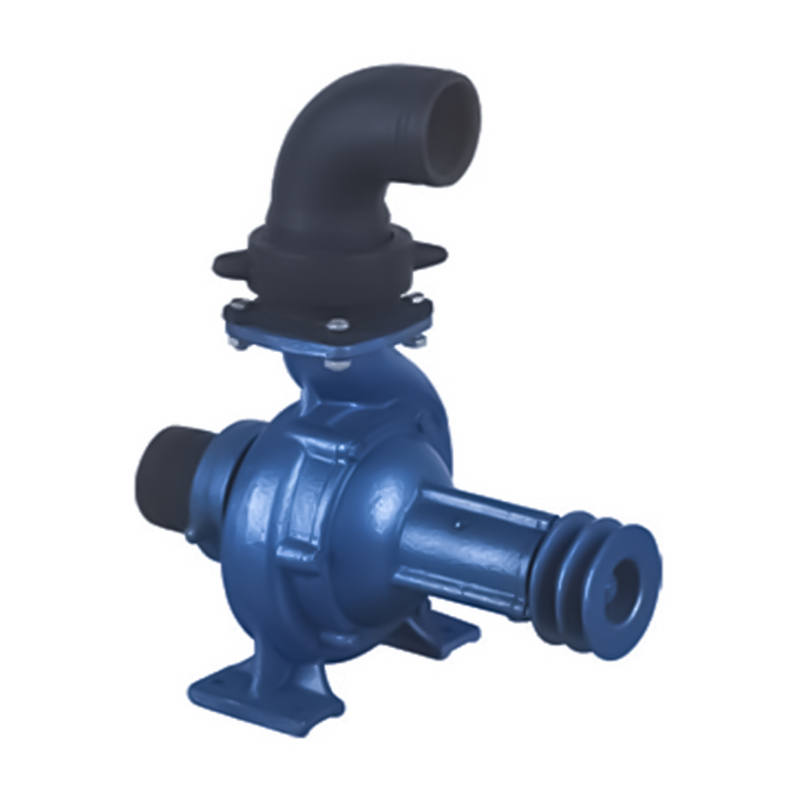

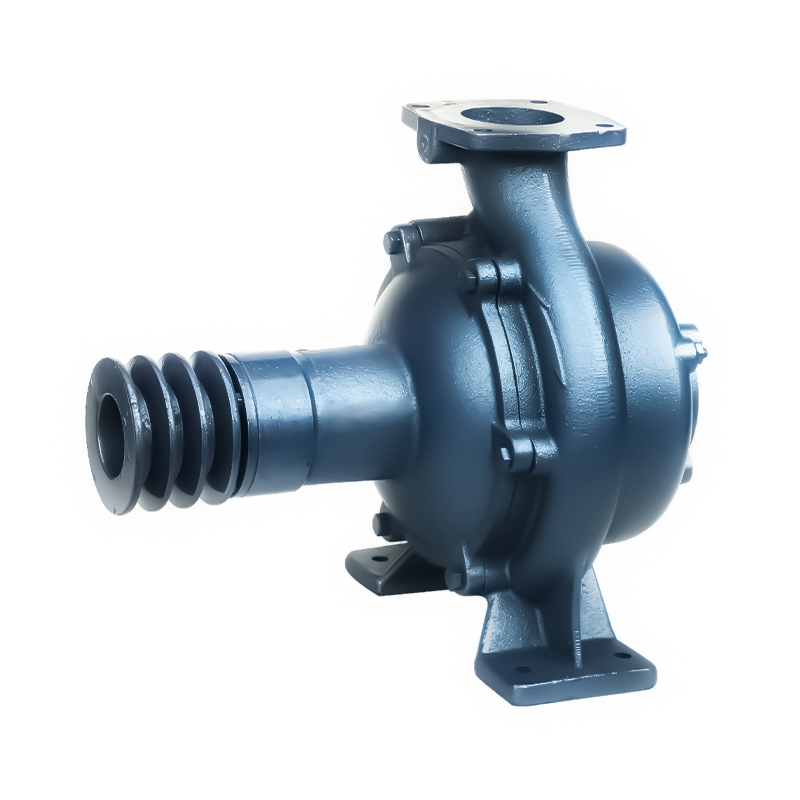
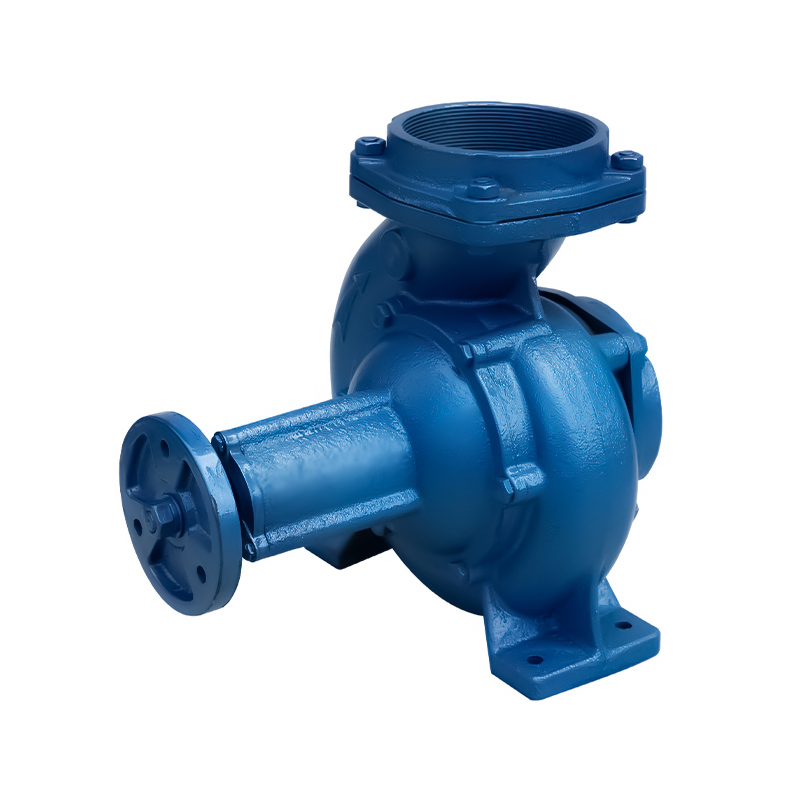
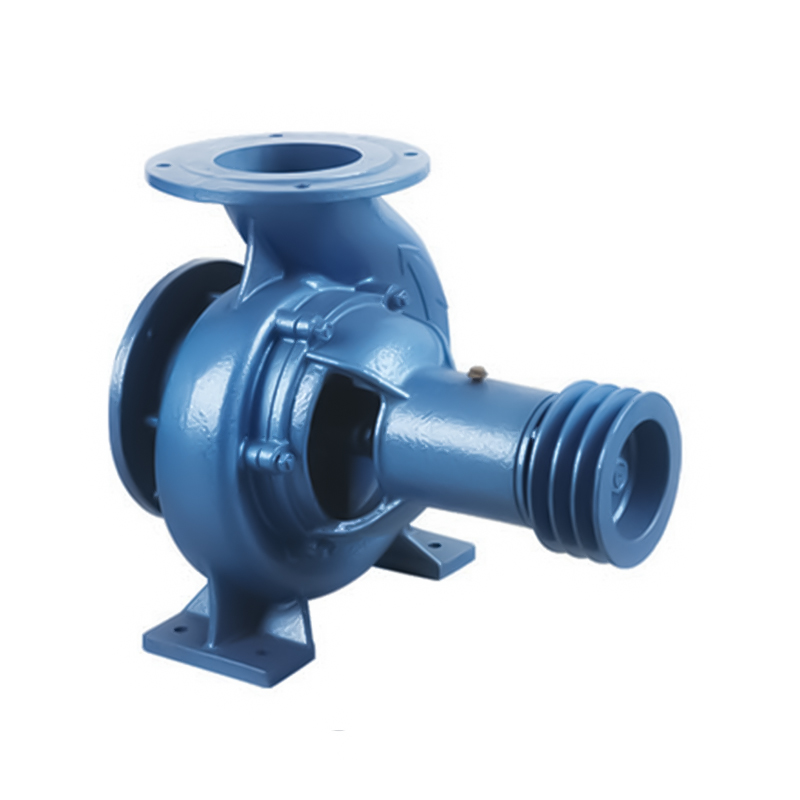
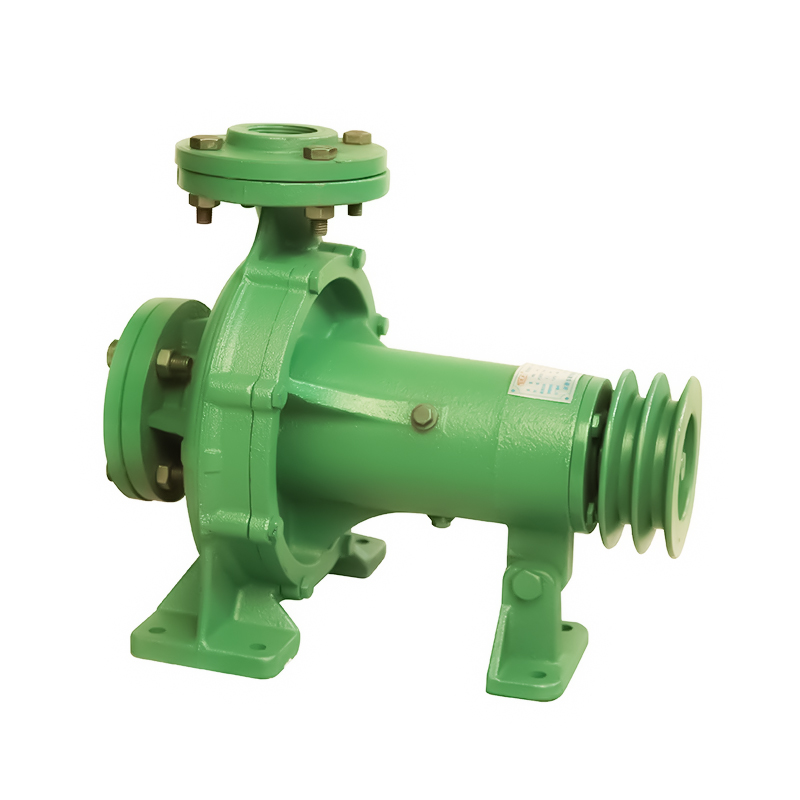

 Email:
Email:
 Phone:+86-13605899207
Phone:+86-13605899207

